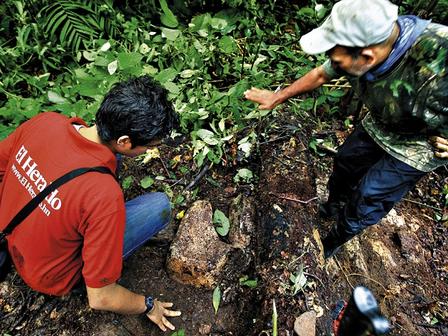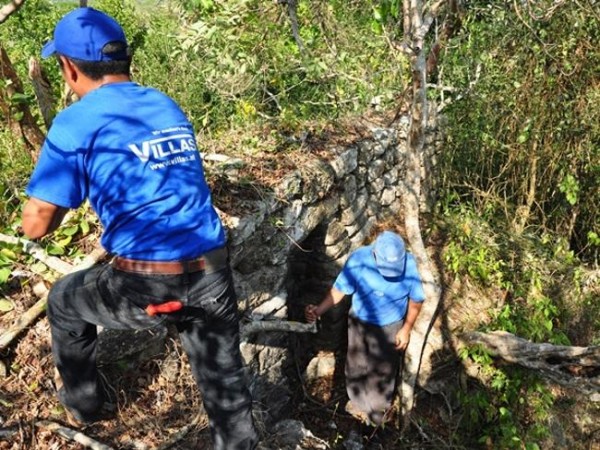
Some Honduran Archaeologist cast doubt on “National Geographic” claim that they discovered the 1,000+ year old “Lost City” “Ciudad Blanca” “White City” “City of Monkey God” in La Moskitia Region of Honduras
The discovery, reported last Monday by National Geographic magazine and international and local media outlets, is not the White City, Honduran Anthropology and History Institute, or IHAH, archaeology department chief Oscar Castro said.
The site found in the easternmost region of Honduras may belong to a culture not previously known in the country, Castro said.
The country, according to experts here, has numerous archaeological sites and most of them have not been discovered, while the country has limited resources to support this kind of research.
After 100 years of digs, only about 10 percent of the Copán archaeological park, located in western Honduras and home to extensive stone structures from the Maya civilization, has been explored.
The discovery reported by National Geographic could correspond to different sites that extend from La Mosquitia, part of which is in Gracias a Díos province, into Nicaragua, Castro said.
In 1994, explorers found a cave in Gracias a Díos and an underground river with skulls that shine as a result of the humid environment and other effects of time.
The Cuevas de Talgua caverns, according to some Honduran archaeologists, may contain traces of a community that lived in the area around 900 B.C.
Some archaeologists say that some clay and stone pieces found in Olancho may belong to the pre-Columbian Olmec culture.
The discovery, reported by National Geographic last week, includes hieroglyphs with images of animals, pyramids and squares, INAH officials said.

Some Honduran Archaeologist cast doubt on “National Geographic” claim that they discovered the 1,000+ year old “Lost City” “Ciudad Blanca” “White City” “City of Monkey God” in La Moskitia Region of Honduras
Rumors of a lost White City in the Honduran jungle date back to the Spanish conquistador Hernan Cortés, who mentioned it in a letter to Spain’s Charles V in 1526. In the 1920s, American aviator Charles Lindbergh who reported having flown over a shining, “amazing ancient metropolis” while flying over the region.
U.S. expeditions in the early 20th Century turned up rumors of a “City of the Monkey God” in the area, which one American explorer, Theodore Morde, claimed to have found, although he died before being able to return and map its location. It was later assumed that what Morde came across was the same as the White City.
Whether the finding of the White City as reported by National Geographic proves to be true or not, it has revived the myth of an archaeological and sacred site in the Central American country.
You must be logged in to post a comment Login